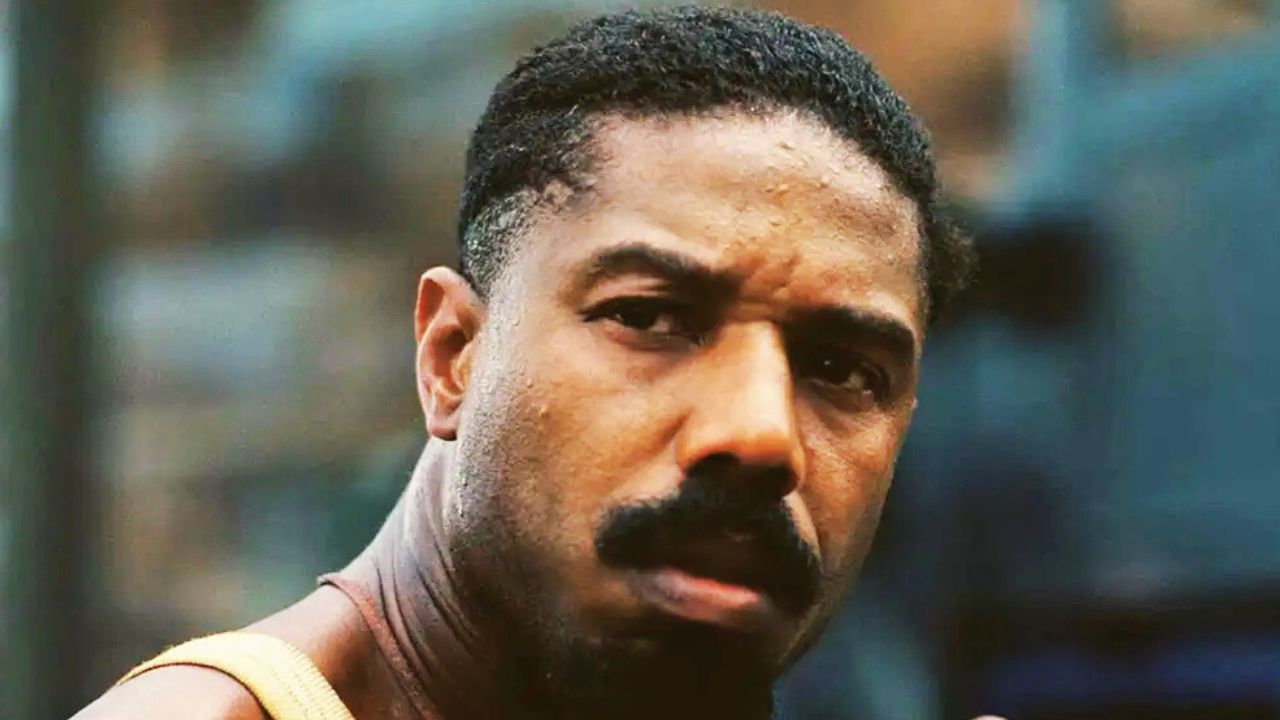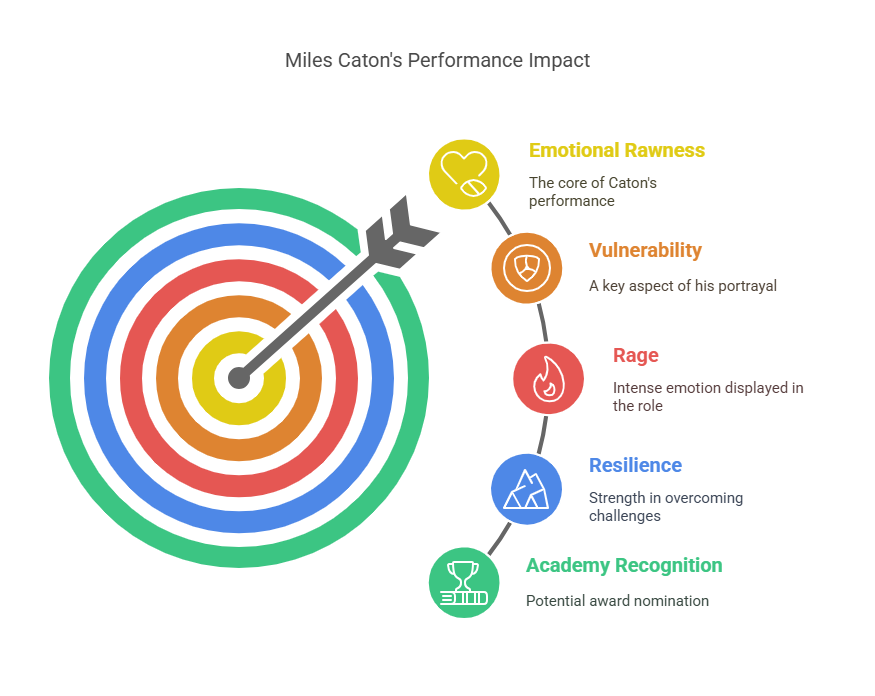Ryan Coogler, one of the most influential filmmakers of his generation, has once again shifted the landscape of modern cinema with his latest work, Sinners. Known for his powerful, socially resonant stories, Coogler now steps into the often-overlooked world of horror — a genre long marginalized by the Academy Awards.
But Sinners is no ordinary horror film. It is a slow-burn psychological experience that uses fear not just to startle but to provoke deep reflection. For Coogler, this film is not just a creative pivot; it’s a declaration — horror can be soulful, political, and artistically profound.
Over the past decade, Coogler has built a reputation as a quiet revolutionary in Hollywood. His works — from Fruitvale Station (2013), chronicling the tragic final hours of Oscar Grant, to the cultural phenomenon Black Panther (2018) — have fused mass appeal with urgent political commentary. For many, especially within the Black community, Coogler symbolizes a figure of transformative storytelling power, comparable to what Christopher Nolan represents in the broader cinematic landscape.
A Box Office Triumph and Critical Darling
Despite being a genre film, Sinners is already exceeding expectations at the box office, proving that audiences are eager for smart, emotionally charged horror stories. Early ticket sales have been strong, and critical reception has been overwhelmingly positive, with major outlets like Variety, The Hollywood Reporter, and IndieWire praising the film’s artistry and emotional weight.
This dual success positions Sinners as a rare crossover hit — one that appeals to both popular audiences and Oscar voters. In a year where early releases like Dune: Part Two and Challengers are dominating headlines, Sinners stands tall as a true challenger to the traditional awards-season heavyweights.
Historically, horror has struggled to find favor with the Academy. Classics like Psycho (1960) and Rosemary’s Baby (1968) were notably snubbed despite their cultural impact. Only a few horror films, such as The Exorcist (1973), The Silence of the Lambs (1991), and Get Out (2017), have broken through with major Oscar wins.
Yet, times are changing. The success of films like The Shape of Water (2017) and Substance (2024) — a shocking but artistically praised body-horror drama that earned five Oscar nominations — has cracked the door open. Sinners might just kick it wide.
Michael B. Jordan’s Career-Defining Performance
At the center of Sinners is a stunning, transformative performance from Michael B. Jordan. In a challenging dual role, Jordan portrays twin brothers Smoke and Stack — two characters so distinct in mannerisms, voice, and spirit that it’s almost impossible to believe they are played by the same actor.
Jordan has long been considered one of Hollywood’s brightest stars, but Oscar recognition has eluded him. His performances in Fruitvale Station, Creed, and Black Panther were widely acclaimed but ultimately overlooked by the Academy.
This time, that oversight may finally be corrected. Critics are already calling his double performance in Sinners a tour de force — the kind of landmark acting achievement that demands awards attention.
Introducing Miles Caton: A Star Is Born
While Jordan anchors the film, newcomer Miles Caton makes a thunderous impression as Sammie “Preacher Boy” Moore, a tortured figure whose magnetic presence recalls Daniel Kaluuya’s breakout role in Get Out.
Caton’s layered, emotionally raw performance — full of vulnerability, rage, and resilience — has the industry buzzing. If the Academy recognizes emerging talent this season, Caton’s name is likely to be in serious contention for Best Supporting Actor.
An Ensemble Cast Bursting with Talent
Beyond its leads, Sinners features an ensemble cast that elevates every frame:
-
Delroy Lindo, criminally overlooked for his groundbreaking work in Da 5 Bloods (2020), delivers a soul-shaking performance as Slim, a weary yet commanding community elder.
-
Jack O’Connell, Wunmi Mosaku, Jayme Lawson, Li Jun Li, and Hailee Steinfeld all provide deeply human, resonant portrayals.
In a year where ensemble-driven storytelling is being celebrated, Sinners looks poised to compete for major ensemble awards — particularly at the SAG Awards and the newly introduced Oscar for Best Casting.
Notably, Francine Maisler, the celebrated casting director behind hits like 12 Years a Slave and Succession, assembled this remarkable group. As the Academy adds Best Casting to its list of honors in 2025, Maisler could be one of the category’s inaugural winners.
Early-Year Releases Can Thrive at the Oscars
There was a time when releasing a film early in the year meant certain awards death. However, Sinners benefits from the evolving landscape.
When Black Panther was released in February 2018, it went on to earn seven Oscar nominations and win three. Likewise, Past Lives held steady for almost a year to score major nominations at the 2024 Academy Awards.
If a film is excellent, it no longer matters when it debuts. And Sinners is excellent.
The Magic Behind the Scenes: Coogler’s “Holy Trinity”
Coogler’s signature brilliance has always been amplified by his trusted collaborators, many of whom reunite for Sinners:
-
Hannah Beachler, who made history as the first Black woman to win an Oscar for Production Design (Black Panther), creates a 1930s backdrop that feels both dreamlike and claustrophobically real.
-
Ruth E. Carter, already a two-time Academy Award winner for costume design, once again crafts stunning, era-accurate garments that deepen character and narrative.
-
Ludwig Göransson, Coogler’s longtime composer, delivers a haunting score that weaves gospel influences with eerie, spine-tingling motifs.
With these artisans back together, Sinners showcases not just acting excellence, but also world-class technical artistry.
Autumn Durald Arkapaw’s Breakthrough in Cinematography
Another standout is the cinematography by Autumn Durald Arkapaw. She bathes the film in a palette of muted colors and deep shadows, heightening both the historical realism and the supernatural dread.
Known for her stunning work on Teen Spirit and Marvel’s Loki (for which she earned an Emmy nomination), Arkapaw is gaining momentum as one of the finest cinematographers of her generation.
Despite only three women ever receiving Oscar nominations for cinematography — Rachel Morrison (Mudbound), Ari Wegner (The Power of the Dog), and Mandy Walker (Elvis) — a woman has yet to win. Many believe that Arkapaw could finally change that with Sinners.
Horror Reimagined: Emotion Over Shock
Rather than relying on traditional jump scares, Sinners uses horror to explore deeper themes of survival, memory, and generational trauma.
Set in the 1930s, the film blends vampire mythology with real historical injustices faced by marginalized communities. The supernatural elements heighten the tension, but the true horror comes from the emotional wounds the characters carry.
Coogler reframes horror as a lens for exploring humanity’s darkest fears — not external monsters, but the ghosts within us.
This approach places Sinners in the lineage of socially conscious horror, alongside works like Get Out and His House — films that use genre conventions to tackle real-world issues.
For Coogler, Awards Are Secondary to Impact
Despite the Oscar buzz swirling around Sinners, those familiar with Ryan Coogler’s career know that awards have never been his primary motivation.
Coogler has often emphasized in interviews — including recent ones with The Hollywood Reporter and The New York Times — that his mission is to tell stories that challenge audiences to see the world, and themselves, differently.
If Sinners wins awards, it will be a byproduct of its greater achievement: forcing audiences to confront fear, love, memory, and survival with new eyes.
As the 2025 Oscar race heats up, Sinners stands not just as a contender, but as a film that demands attention — not through spectacle, but through truth.











































